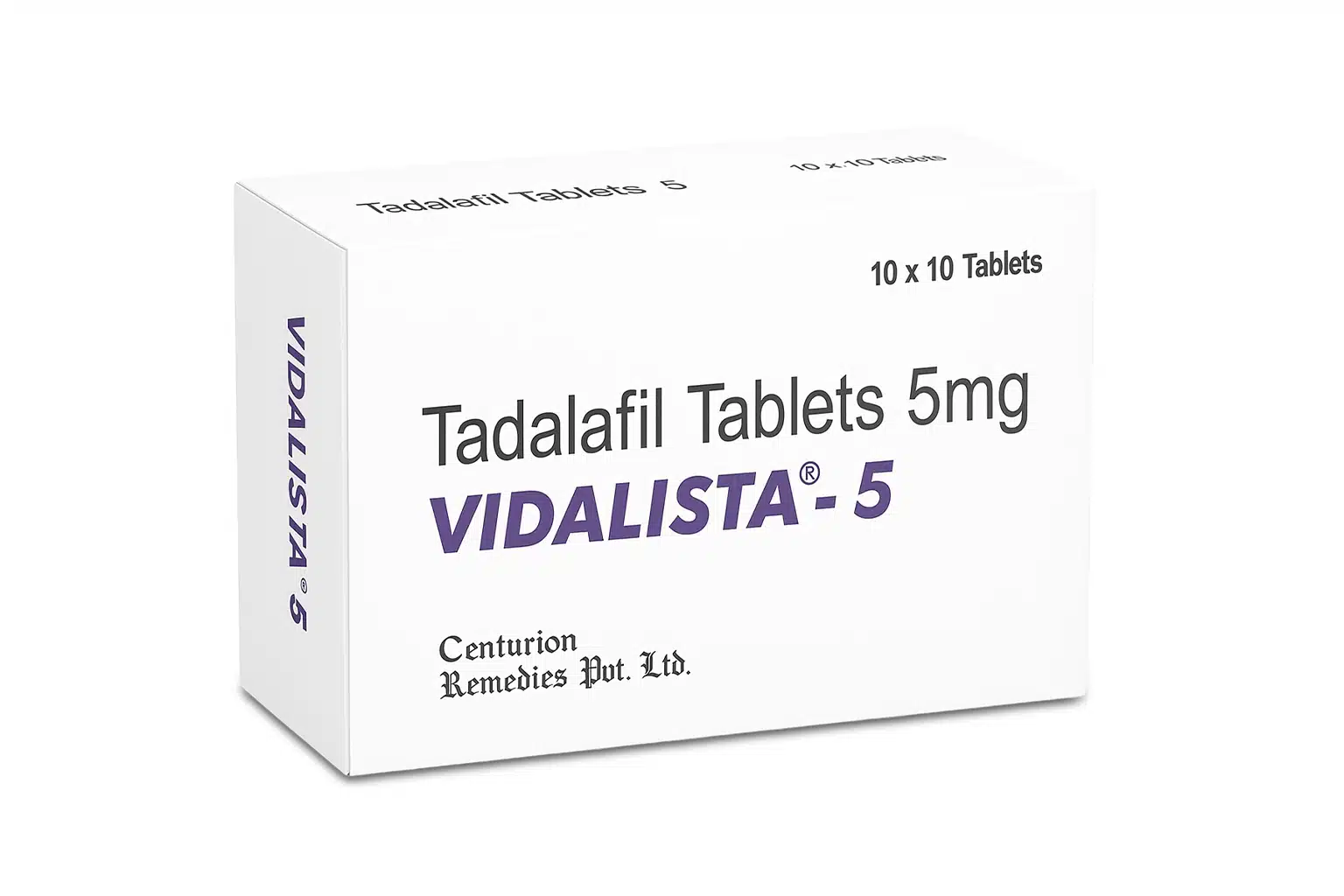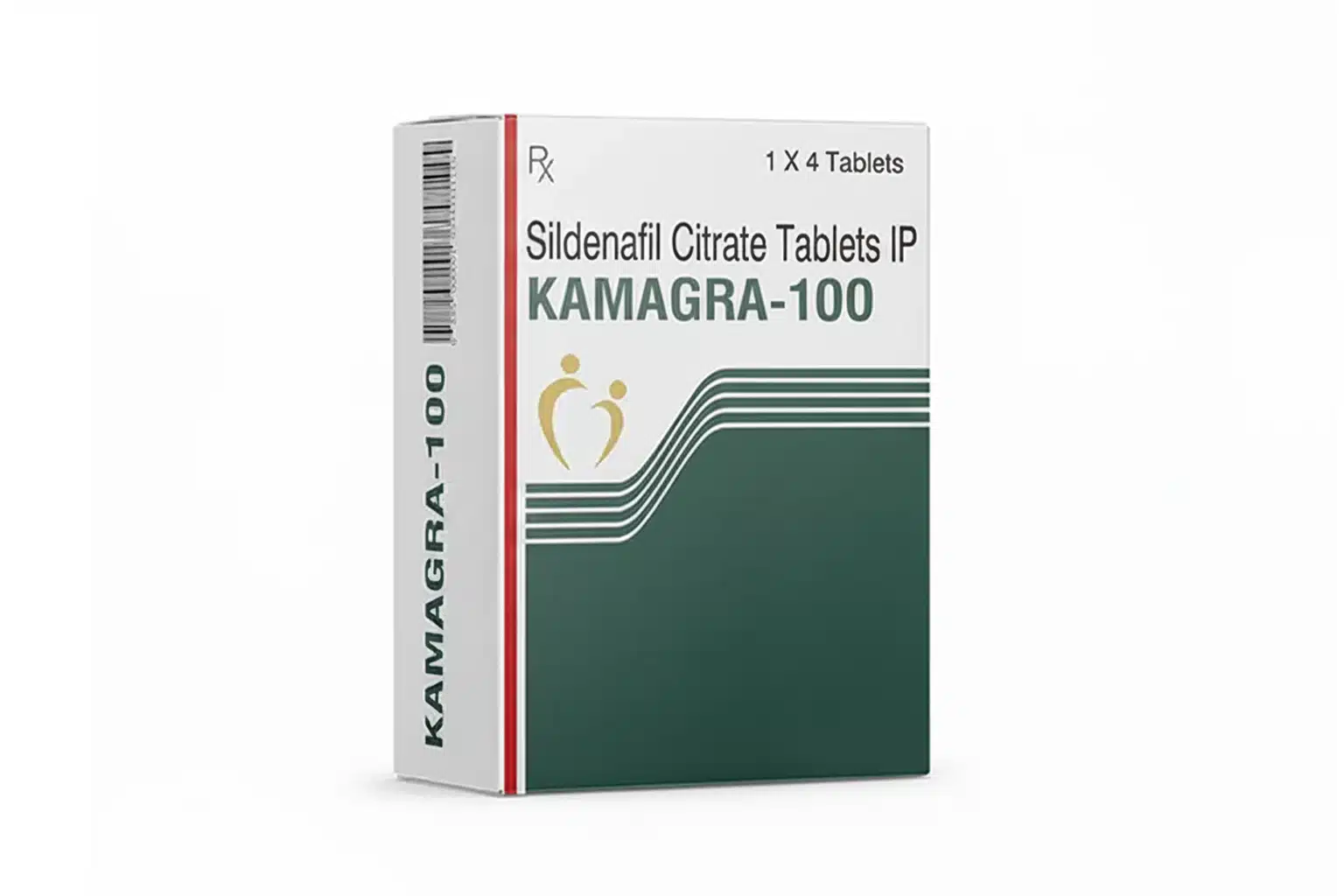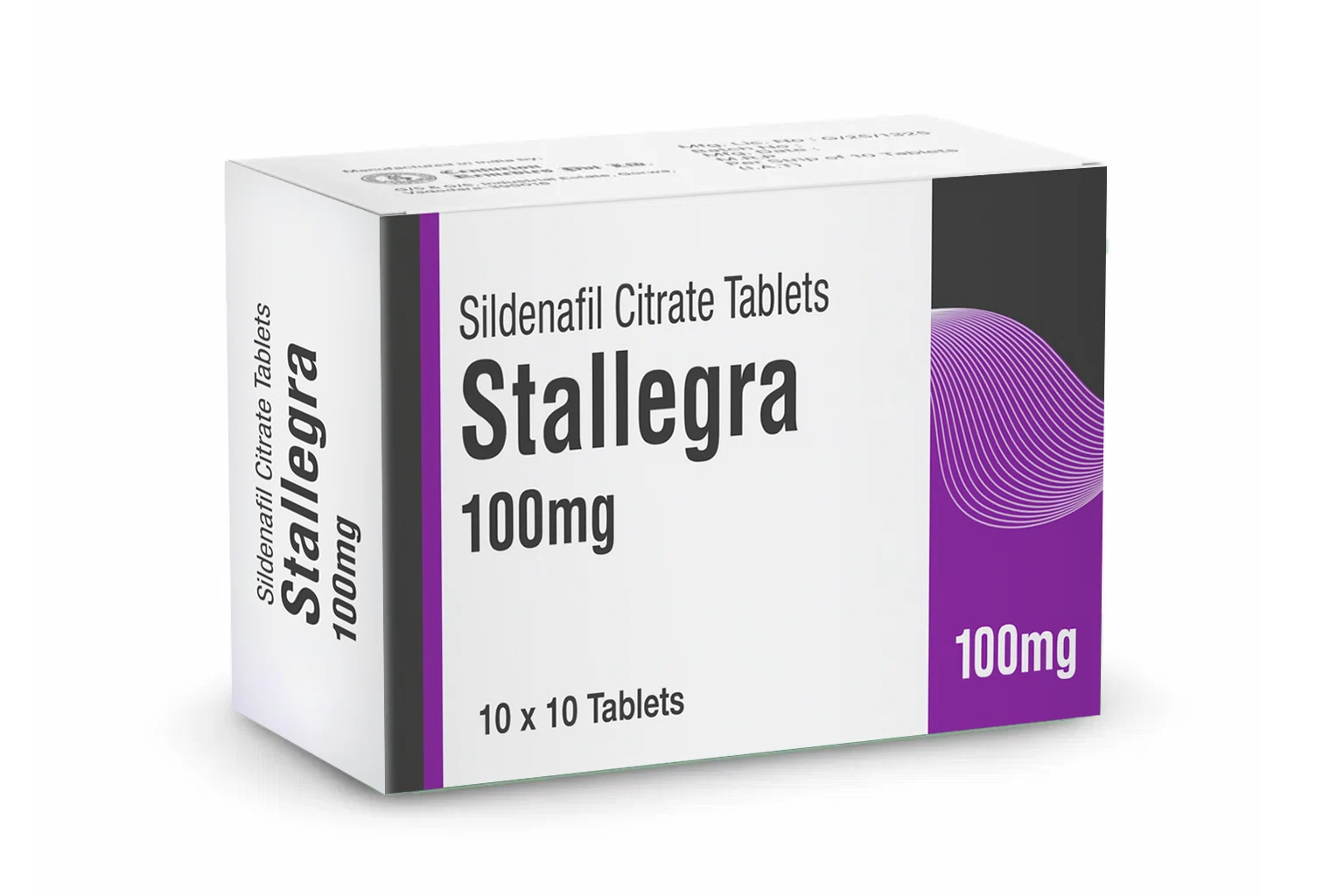Erectile dysfunction (ED) is commonly framed as a mechanical or psychological problem: “can’t keep it up,” stress, or age. While those are real contributors, over the last decade, researchers have increasingly pointed to another, less obvious driver — chronic inflammation. This blog explains the relationship between erectile dysfunction and inflammation, the main causes of erectile dysfunction in men where inflammation plays a role, the biological mechanisms behind it, and practical steps men can take to reduce risk and improve recovery. I’ll finish with a clear FAQ and a short references list so you can read the primary studies.
Quick overview: inflammation (more than just “a sore”)
Inflammation is the body’s immune response to injury or infection. Acute inflammation (redness, heat, swelling) helps healing. But chronic, low-grade inflammation — driven by metabolic problems, poor diet, smoking, obesity, long-term stress, or chronic disease — quietly damages blood vessels, nerves, and hormone signaling over time. These are precisely the systems needed to achieve and maintain an erection, which is why inflammation has become a major focus in ED research.
How inflammation can cause or worsen ED
An erection needs three things working together: healthy arteries that deliver blood, intact nerves that send/receive sexual signals, and hormonal balance (notably testosterone). Chronic inflammation disrupts all three:
Endothelial dysfunction (bad blood vessel behavior).
The inner lining of blood vessels (the endothelium) produces nitric oxide (NO), which relaxes smooth muscle and allows the penis to fill with blood. Pro-inflammatory molecules like TNF-α and IL-6 reduce NO availability and damage endothelial cells, impairing blood flow needed for erections. This vascular pathway is one of the clearest links between inflammation and ED.Atherosclerosis and plaque formation.
Chronic inflammation accelerates atherosclerosis (artery narrowing). Because penile arteries are smaller than coronary arteries, they may show dysfunction earlier — meaning ED can be an early warning sign of broader cardiovascular disease.Direct effects of inflammatory cytokines.
Cytokines such as TNF-α and elevated C-reactive protein (CRP) have been found at higher levels in men with ED. These molecules can alter penile tissue, reduce smooth muscle function, and shift the balance toward fibrosis (stiffening) rather than elastic, responsive tissue.Hormonal disruption and metabolic effects.
Obesity and insulin resistance create an inflammatory milieu (via adipokines), which lowers testosterone and interferes with sexual function. Metabolic inflammation also harms nerves and vessels over time.
Neurogenic effects.
Inflammation can damage peripheral nerves or change neurotransmitter signaling, blunt sexual arousal, and impair the reflex arcs needed for erection and orgasm.
What the evidence shows (markers and studies)
Multiple studies show that men with ED often have higher systemic inflammatory markers (CRP, TNF-α, IL-6) than men without ED, and higher CRP in particular has been associated with greater ED severity. That makes inflammatory markers potential predictors of ED risk.
Lifestyle-driven inflammation (for example, a pro-inflammatory diet) has been linked to higher ED prevalence in large population analyses. This suggests that everyday habits — not just rare diseases — can influence ED through inflammation.
Meta-analyses and systematic reviews (recent years) converge on the idea that low-grade inflammation is a core pathway connecting common comorbidities (diabetes, obesity, cardiovascular disease) with ED.
Best Seller
-
Cenforce 100 Mg
Best Seller$24.00 – $215.00Price range: $24.00 through $215.00Rated 5.00 out of 5Shop Now This product has multiple variants. The options may be chosen on the product page -
Vidalista 5 Mg
Best Seller$18.00 – $182.00Price range: $18.00 through $182.00Rated 4.00 out of 5Shop Now This product has multiple variants. The options may be chosen on the product page -
Vidalista 40 Mg
Best Seller$28.00 – $276.00Price range: $28.00 through $276.00Rated 4.00 out of 5Shop Now This product has multiple variants. The options may be chosen on the product page -
Cenforce 200 Mg
best sellers$31.00 – $335.00Price range: $31.00 through $335.00Rated 4.00 out of 5Shop Now This product has multiple variants. The options may be chosen on the product page -
Cenforce Fm
Best Seller$33.00 – $218.00Price range: $33.00 through $218.00Rated 4.00 out of 5Shop Now This product has multiple variants. The options may be chosen on the product page -
Kamagra 100 mg
best sellers$24.00 – $125.00Price range: $24.00 through $125.00Rated 5.00 out of 5Shop Now This product has multiple variants. The options may be chosen on the product page -
Fildena 100 mg
best sellers$24.00 – $244.00Price range: $24.00 through $244.00Rated 4.00 out of 5Shop Now This product has multiple variants. The options may be chosen on the product page -
Malegra Oral Jelly 100 Mg
Best Seller$8.00 – $44.00Price range: $8.00 through $44.00Rated 5.00 out of 5Shop Now This product has multiple variants. The options may be chosen on the product page -
Super Kamagra Oral Jelly
Best Seller$25.00 – $120.00Price range: $25.00 through $120.00Rated 4.00 out of 5Shop Now This product has multiple variants. The options may be chosen on the product page -
Tadarise Oral Jelly
Best Seller$19.00 – $72.00Price range: $19.00 through $72.00Rated 4.00 out of 5Shop Now This product has multiple variants. The options may be chosen on the product page -
Careforce 200 Mg
Best Seller$29.00 – $332.00Price range: $29.00 through $332.00Rated 5.00 out of 5Shop Now This product has multiple variants. The options may be chosen on the product page -
Stallegra 100 Mg
best sellers$88.00 – $224.00Price range: $88.00 through $224.00Rated 5.00 out of 5Shop Now This product has multiple variants. The options may be chosen on the product page -
Exclusive
Aurogra 100 Mg
best sellers$29.00 – $76.00Price range: $29.00 through $76.00Rated 4.00 out of 5Shop Now This product has multiple variants. The options may be chosen on the product page -
Priligy 30mg
best sellers$22.00 – $156.00Price range: $22.00 through $156.00Rated 4.00 out of 5Shop Now This product has multiple variants. The options may be chosen on the product page
Causes of erectile dysfunction in men, where inflammation fits in
Here’s a practical list of common causes of erectile dysfunction in men, grouped so you can see where inflammation is involved:
Vascular causes (most common and tightly linked with inflammation)
Atherosclerosis / poor blood flow (inflammation accelerates plaque).
Hypertension and endothelial dysfunction.
Metabolic and endocrine causes
Diabetes and insulin resistance (produce chronic inflammation).
Obesity (adipose tissue secretes pro-inflammatory cytokines).
Low testosterone (may arise from inflammation or metabolic disease).
Neurologic causes
Neuropathy (e.g., diabetic neuropathy) and nerve injuries (inflammation can damage nerves).
Medication and substance-related
Some antidepressants, beta-blockers, antihistamines, and alcohol or recreational drugs can cause ED — sometimes by altering vascular or neural pathways and, in chronic use, contributing to inflammatory states. (Always check with your prescriber.)
Psychogenic
Anxiety, depression, stress — these can be primary or contribute to ED; chronic stress also elevates inflammatory markers over time.
Lifestyle-related
Smoking, poor diet, and sedentary behavior — these increase systemic inflammation and are modifiable contributors to ED.
Other medical conditions
Chronic kidney disease, multiple sclerosis, pelvic surgeries, and hormonal disorders — many produce or are accompanied by inflammatory pathways that worsen ED.
Clinical implications, why this matters for diagnosis and treatment
ED is often an early cardiovascular signal. If inflammation-driven vascular problems are causing ED, men may have silent cardiovascular disease. That’s why clinicians consider ED an opportunity to screen for heart risk factors.
Objective markers might guide risk assessment. Elevated CRP or other inflammatory indices have been associated with ED severity in studies; in the future, these could help stratify risk, though they’re not yet standalone diagnostic tools.
Treating inflammation can be part of the solution. While PDE5 inhibitors (e.g., sildenafil) address acute vascular function, tackling underlying inflammation — through lifestyle, metabolic control, smoking cessation, and targeted medical therapies — improves long-term outcomes and may restore responsiveness to ED treatments. Some emerging therapies and combinations (like lifestyle + medications, or devices such as low-intensity shockwave therapy) are being studied with inflammation in mind.
Practical steps: reduce inflammation, improve erectile health
Below are evidence-aligned actions that commonly help reduce chronic inflammation and support erectile function. These are general points — discuss personal plans with your doctor.
Adopt an anti-inflammatory diet
Emphasize whole foods, vegetables, fruits, nuts, oily fish, legumes, and whole grains — similar to a Mediterranean diet. Studies link pro-inflammatory diets to higher ED risk.
Get active
Regular aerobic exercise improves endothelial function, reduces systemic inflammation, helps with weight control, and improves insulin sensitivity.
Lose excess weight
Central obesity is a major source of inflammatory cytokines; modest weight loss often yields sizable improvements in erectile function.
Control blood sugar and lipids
Effective diabetes and cholesterol management reduces inflammation and vascular damage.
Stop smoking & moderate alcohol
Smoking is pro-inflammatory and damages vessels; heavy alcohol raises inflammation and can directly impair erections.
Review medications
Some drugs contribute to ED — discuss alternatives with your physician rather than stopping any medication abruptly.
Manage stress, sleep, and mental health
Chronic stress raises inflammatory markers; improving sleep and treating depression/anxiety can help both mood and sexual function.
Medical therapies, when appropriate
PDE5 inhibitors remain first-line for many men. In cases where inflammation and vascular disease dominate, broader cardiometabolic optimization (statins, antihypertensives, glycemic control) and investigational approaches may be needed under physician guidance.
When to see a doctor
If you experience persistent difficulty getting or keeping an erection, don’t wait to discuss it. ED can be the first sign of diabetes, hypertension, or cardiovascular disease — conditions that are easier to treat when detected early. Your clinician may evaluate cardiovascular risk, metabolic health, hormone levels, medication side effects and discuss tailored treatments.
FAQs
Q: Is inflammation the only cause of ED?
A: No. ED is multifactorial — vascular, neurologic, hormonal, psychological and medication-related causes all play roles. Chronic inflammation is an important and common pathway, especially for vascular and metabolic causes.
Q: Can anti-inflammatory drugs treat ED?
A: Not routinely. While some studies examine anti-inflammatory strategies, classic NSAIDs are not an ED cure and can even interfere with blood flow in some settings. Treatment focuses on addressing underlying causes (cardiometabolic health, lifestyle) and approved ED therapies. Always consult a doctor before using medications.
Q: Will losing weight help restore erectile function?
A: Often yes — weight loss improves inflammation, insulin sensitivity, testosterone levels, and vascular health, all of which can improve ED. The magnitude of benefit varies by individual and underlying pathology.
Q: Are inflammatory tests like CRP useful for the ED?
A: Elevated CRP has been associated with ED and its severity in studies, but CRP alone is not a diagnostic test for ED. It can, however, signal increased cardiovascular risk and prompt deeper evaluation.
Q: Can ED be reversed?
A: In many cases — especially when caused by modifiable risk factors (smoking, obesity, uncontrolled diabetes, medications) — ED improves with targeted lifestyle and medical treatment. Some causes (severe nerve injury, advanced vascular disease) are harder to reverse but still manageable with a combination of therapies.
Takeaway
The relationship between erectile dysfunction and inflammation is increasingly well supported by research: chronic inflammation damages the vessels, nerves, and hormonal systems that enable erections. Recognizing ED as more than a sexual issue — often an early sign of systemic disease — gives men and clinicians an important window for prevention and treatment. Lifestyle changes that reduce inflammation (diet, exercise, smoking cessation, weight loss, metabolic control) are powerful first steps, and should be combined with medical evaluation and treatments as needed.
If you’re dealing with ED, book an appointment with a healthcare provider who will evaluate cardiovascular and metabolic risk, review medications, and create a tailored plan. Early action often leads to far better outcomes.
Selected references
Carneiro FS, et al. Emerging Role for TNF-α in Erectile Dysfunction. PubMed Central. (Review on cytokines and vascular actions). PMC
Chen D, et al. Association between the systemic immune-inflammation index and erectile dysfunction: a meta-analysis. (2024) — shows higher inflammatory markers in ED patients. PMC
Liu G, et al. Novel predictive risk factor for erectile dysfunction: C-reactive protein meta-analysis. (2022) — CRP associated with ED and severity. PubMed
Ruan Z, et al. Association between dietary inflammation and erectile dysfunction. (2022) — links pro-inflammatory diet patterns to higher ED risk. PMC















